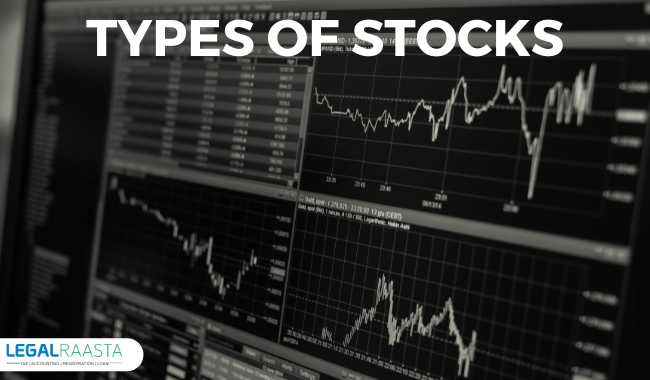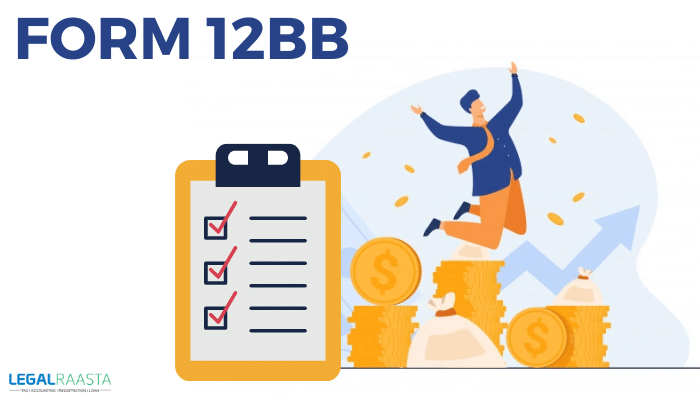Types of Stocks – Large Cap, Mid Cap, Common Hybrid etc.
There are many distinct types of stocks that trade in the Indian stock market. These types of stocks are classified according to different criteria.
Classification according to stock classes
This is one of the most important variables used to classify stocks, and it is based on the shareholders' voting rights. Some stocks do not allow shareholders to vote at annual meetings where decisions about the company's management and other matters are made.
In contrast to these stocks, certain others allow shareholders to vote on corporate affairs, allowing them to participate in decision-making. Another type of stock allows shareholders to vote many times on different parts of the business.
Classification based on market capitalization
The market capitalization of a corporation, which is the total shareholding of a company, can be used to classify stocks. This is computed by multiplying the current stock price by the total number of outstanding shares in the market.
The sorts of stocks based on market capitalization are listed below.
Large-Cap Stocks
These are frequently stocks of blue-chip corporations, which are well-established businesses with substantial cash reserves. It's worth noting that just because large-cap companies are bigger doesn't mean they're growing faster. In reality, over a longer period of time, tiny stock businesses tend to outperform them. Large-cap stocks, on the other hand, have the advantage of paying bigger dividends to investors than smaller and mid-cap stocks, ensuring that money is conserved over time.
Mid-Cap Stocks
These are stocks of medium-sized businesses with a market value ranging from INR 250 crore to INR 4000 crore. These businesses have a well-known brand name in the marketplace, which provides the benefit of potential for growth as well as the stability that comes with being a seasoned participant.
Mid-cap firms have a long history of consistent growth and are quite comparable to blue-chip stocks, with the exception of their size. These stocks perform and grow well over time.
Small-Cap Stocks
Small-cap stocks, as the name implies, have the smallest market value when compared to their counterparts. These are small businesses with a market valuation of less than INR 250 and the potential to grow rapidly in the future. Investors who are willing to commit to the long term and are unconcerned about current dividends, as well as those who are willing to hold their ground through price volatility, can achieve big future returns.
As an investor, you can purchase these stocks when they are available at a low price during the company's early stages. Because the company is so new, there is no way of knowing how it will perform in the market. Because these tiny cap companies are new, they are extremely volatile, and their growth has a significant impact on the company's value and revenue.
Ownership-based classification
There are three types of stocks that investors can buy based on wonders, each with different rights and growth possibilities.
Preferred & common stocks
Unlike common stocks, preferred equities pay a fixed annual dividend to stockholders. Preferred stock prices are less volatile than common stock prices, although the common stock has first priority when the corporation has money to distribute.
The corporation's creditors, bondholders, and debenture holders take precedence over preferred shareholders when the company is liquidated. Voting rights are granted to common investors, but not to preferred stockholders.
Hybrid Stocks
Some corporations issue preferred shares with the possibility of converting them to common shares at a later date, subject to specific criteria. Hybrid stocks, sometimes known as convertible preferred shares, may or may not have voting rights.
Stocks that include an embedded derivative option can be 'callable' or 'putable,' and they are not as widely available. A 'callable' stock is one that can be bought back by the corporation at a specific price at a specific time. A 'putable' stock, on the other hand, allows its owner to sell it to the corporation at a certain price and time.
Classification based on dividend payment
Growth Stocks
Because the company chooses to reinvest earnings to enable it to develop faster, these stocks do not pay big
dividends, hence the name growth stocks. The value of the company's shares rises in tandem with its rapid growth rate, allowing investors to profit from bigger returns. It is best suited for investors looking for long-term growth potential rather than a quick source of income. Growth stocks are riskier than their low-risk counterparts.
Income Stocks
Income stocks pay out a bigger dividend in relation to the price of the company than growth stocks. Income Stocks come from the fact that more dividends equal higher income. Income stocks are a good indicator of a steady company that can pay continuous dividends, but they also don't guarantee a lot of growth. As a result, the stock price of such companies may not rise significantly. Preferred stocks are included in income stocks.
IT is a good investment for people looking for a secondary source of income from stocks with a low-risk profile. The dividend yield is a measurement of your return on investment (earnings per share) based on the total dividends received. Divide the dividend by the recently announced share price to arrive at this number. The result is then expressed as a percentage. For example, a company with a price of INR 100 and a dividend of INR 5 per share will have a yield of 5%.
Fundamentals-based classification
Worth investing investors, who think that a share price must reflect the company's inherent value, evaluate share prices with components such as per-share earnings, profits, and other factors to arrive at an intrinsic value per share.
Overvalued Shares
These are shares that are overvalued because their prices are higher than their intrinsic value.
Undervalued Shares
Value investors favor these types of stocks because they anticipate the price of the stock will rise in the future.
Risk-based classification
Stocks have varying levels of risk depending on share price movements. Stocks with higher risk pay off with larger returns, whilst low-risk stocks pay off with lower returns.
iBeta Stocks
The beta, or risk measure, is calculated by calculating the stock's price volatility. Beta can be positive or negative, indicating whether it goes in lockstep with or against the market. The higher the beta, the higher the stock's risk quotient. If the beta value is more than one, the stock is more volatile than the market as a whole. Many investors who are aware of this metric utilize it to make investing decisions.
Blue Chip Stocks
Blue-chip stocks are those that belong to corporations with
limited liabilities, reliable earnings, and regular dividends. These huge, well-known corporations with a long track record of strong financial performance are a good bet for investors looking for safer investments.
Classification based on price trends
The fluctuation of stock prices in tandem with or against business profits determines this classification.
Defensive Stocks
These are stocks that are relatively unaffected by economic situations and are preferred in low market conditions. Companies in the food and beverage industry are a good example.
Cyclical Stocks
Cyclical stocks are those that are heavily influenced by economic conditions and experience significant price variations as a result of market volatility. During a boom, these stocks increase quickly, but as the economy slows, their growth slows as well. Automobile stocks are included in this group.
The above given are various types of stocks that are classified according to different criteria. The criteria help the investor in choosing the stock according to their needs.
Related Posts
Cost Inflation Index
Balance of Payment









